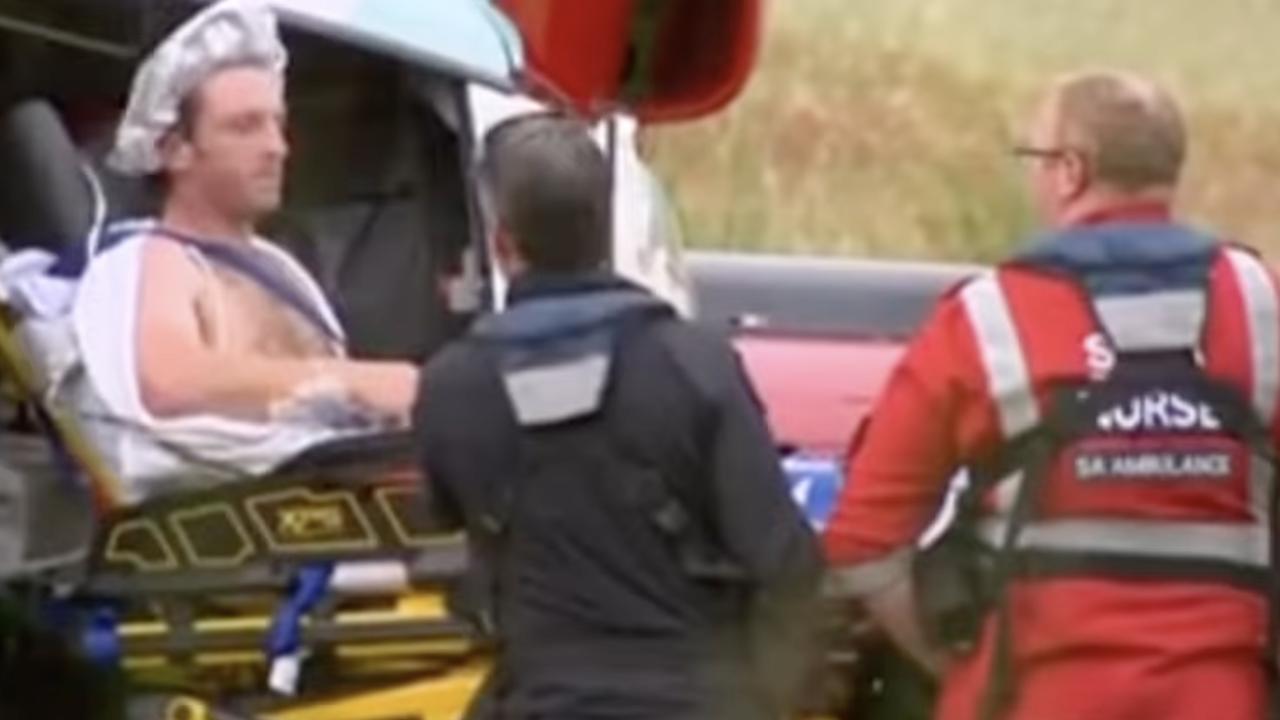Truth about ‘treasure’ chest at centre of the MH370 search boat rumours
THIS is the box at the centre of “sunken treasure” speculation that raged after the MH370 search vessel “went dark” for days.

THIS is a close up of the sunken chest everyone has been talking about since MH370 search vessel Seabed Constructor went dark for more than three days last week while searching for missing Malaysia Airlines flight MH370.
It is resting at the bottom of the southern Indian Ocean, almost 4km beneath the surface, in a debris field known as Shipwreck #1, thought to be the remains of a wooden, coal-laden cargo ship dating back to the early 1800s.
Nearby is Shipwreck #2, likely to be the carcass of the SV Inca, a Peruvian transport vessel which vanished en route to Sydney in 1911.
Both wrecks are located in the south of the current search area along the 7th arc, more than 2000km off the coast of Western Australia.

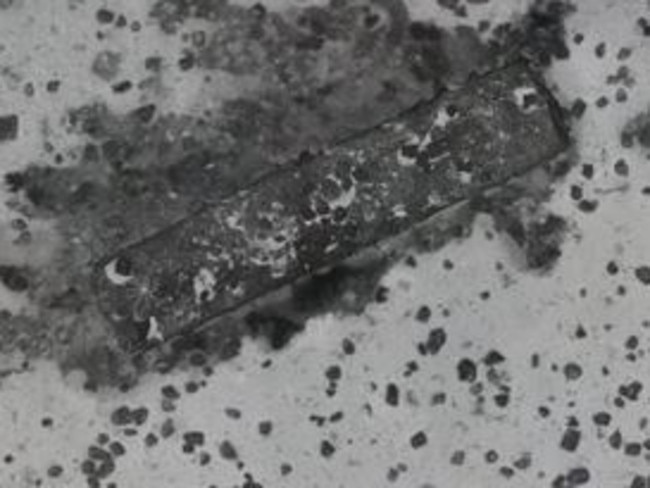
In fact, a total of four shipwrecks were found by Fugro, the company contracted to find MH370 during the previous, Australia-led search, but more on the others later.
It was in the vicinity of Shipwreck#1 and Shipwreck#2 that Constructor switched off its Automatic Identification System (AIS) on January 31, making it impossible for observers to track its position as they had so faithfully been doing up until that point.
Unsurprisingly, “going dark” rekindled conspiracy theories about the fate of the doomed Boeing 777, which vanished from radar less than an hour after take off en route from Kuala Lumpur to Beijing with 239 people on board.
It also fuelled rumours the crew had either found something of great interest or made a detour to retrieve the mysterious chest, which, the internet mused, could well be full of treasure.
We now know Constructor did find something — two anomalies which turned out to be geographical rather than man-made — and that the box remains unopened in its watery grave, as mysterious as ever.

“WHAT’S IN THE BOX?”
On 7 March 2015, excitement broke out among the crew members of Fugro Equator after its sonar system detected what appeared to be a debris field.
The cluster of objects was spread across the sea floor in the southern part of the search area, 12 nautical miles to the east of the 7th arc.
As Fugro CEO Paul Kennedy would later tell a conference in Perth: “We got really excited”.
It was also, Mr Kennedy added, a highly emotional moment given the discovery coincided with the eve of the first anniversary of the plane’s disappearance.
As per protocol, satellites were turned off and the then prime minister Tony Abbott was notified about the possible discovery of an MH370 debris field.
“So we put the AUV (autonomous underwater vehicle) down and we got even more excited because all of a sudden we could see things that don’t look like natural sea floor features, they’ve got angles and hard edges on them all and we really got quite excited and thought ‘we’ve got something here’,” Mr Kennedy recounted.
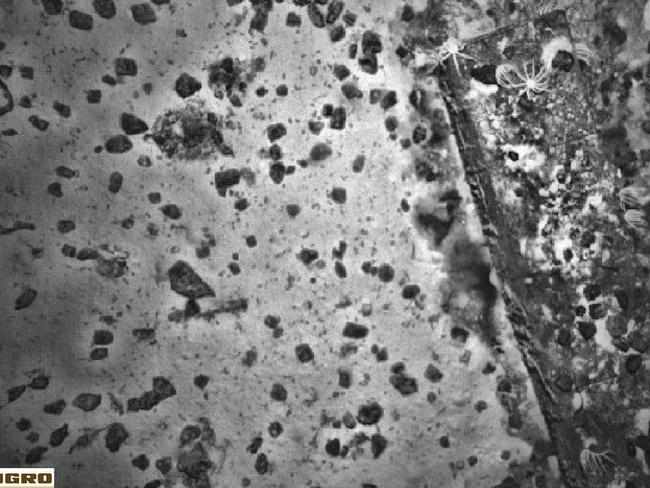
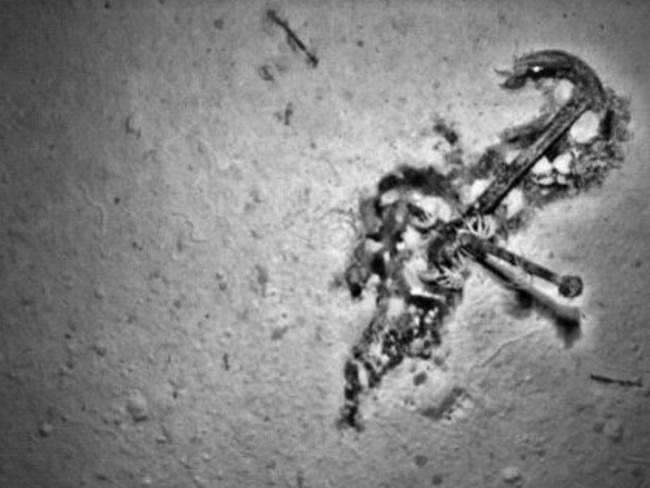
“There’s another sonar image and now you’re saying, ‘that’s not a geological, there’s something down there’ and we’re in the middle of nowhere so we’re getting really excited.”
Then they spotted an anchor and realisation dawned that this was not the final resting place of an aircraft.
“It was a shipwreck. A lot of people died on that too,” Mr Kennedy said.
“We don’t know where the ship came from. The WA Maritime Museum have got no records of the boat — it may have been coming from South Africa to Australia and just got lost and everybody died on board.”
The anchor turned out to be a valuable clue; it was of a style that manufacturers stopped making around 1820, making the ship around 200 years old.
Apart from a bell and some bracketry, the only other item from the wooden ship that hadn’t dissolved over the centuries was a rectangular box. Mr Kennedy called it a chest.
“What there is down there, the only thing that’s really left, is a big chest,” he told the conference.
“Three metres long and maybe a metre and a half wide and it’s still closed. And the whole ship was deteriorating and coming away ... and there’s this big chest in about 4000 metres of water, and our question was ‘what’s in the box?’”
An unidentified audience member called out “gold?” And just like that, the legend of the sunken treasure sitting at the bottom of the southern Indian Ocean was born.
Don Thompson, an original member of the MH370 Independent Group (IG) which advised the government on the possible whereabouts of the missing plane, said he believed the box was likely used to store water.
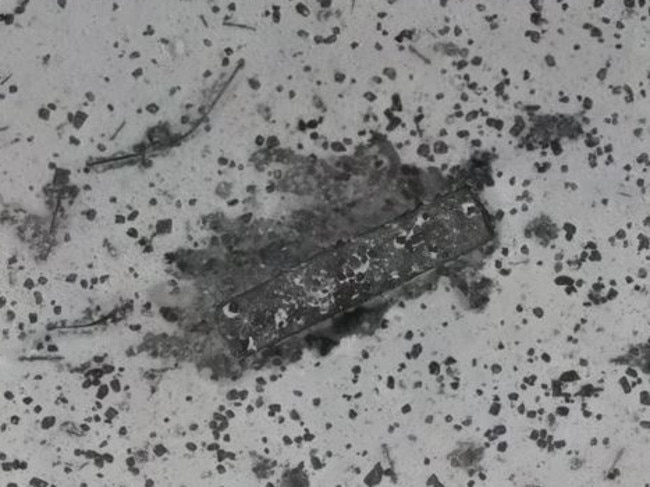
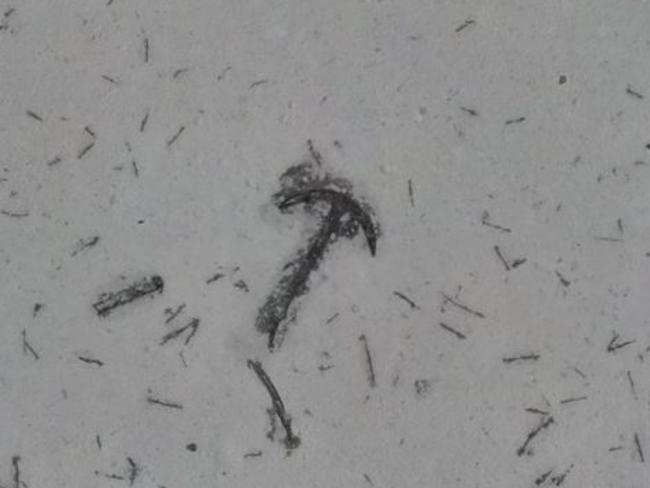
“The Fugro report incorporated in the ATSB’s Final Operational Report even describes the box as a ‘water tank’,” Mr Thompson told news.com.au.
“It was something I’d also researched as a plausible explanation. Water in wooden barrels became tainted over long voyages so ships began to use metallic ‘water boxes’. They didn’t call them ‘tanks’.”
That’s not to say there isn’t gold down there. We still don’t know for sure ‘what’s in the box' because it has never been opened.
And nearby, another unexplored potential treasure trove remains — the largely intact carcass of what’s believed to be the SV Inca, which mysteriously vanished while sailing from South America to Sydney more than 100 years ago.
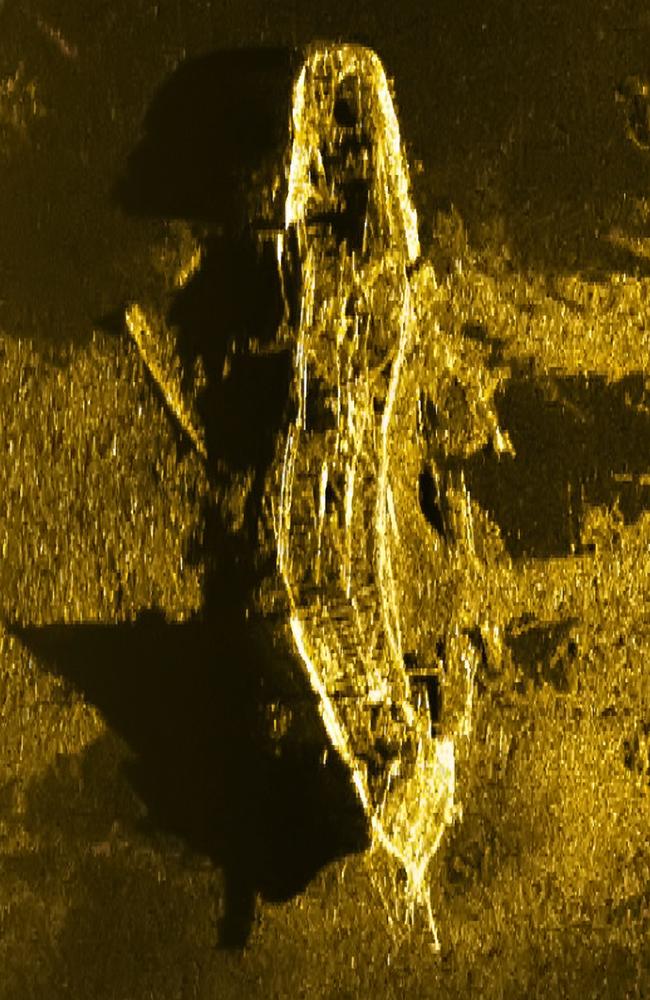
The barque — which typically describes a sailing ship with three masts — left Port of Callao on March 10, 1911 and was never seen again.
It was one of two Peruvian barques that vanished that year. The other was the Laura, previously known as the Claudova, which left Callao for Australia on April 18, 1911.
A Sydney Morning Herald newspaper clipping dated September 6, 1911 describes both vessels as missing and feared shipwrecked.
“Whatever the fate of the Peruvian barque Laura may be, there is no doubt whatever that the lifeboat washed up on Cronulla Beach a week or two ago is one that was carried by this vessel,” it reads.
“Captain Veitch, of the Navigation Department, has discovered on the reverse side of the name board the word ‘Claudova.’ He thereupon made inquiries, and ascertained
that the barque, when sailing under the English flag, was known as Claudova.
“Her name was changed to Laura when she came under Peruvian control. The Laura, in command of Captain Lecuona, left Callao on April l8 for Newcastle to load coal back to the West Coast, and has not since been heard of. She has been 140 days on a voyage which usually takes about 70 days.
“The other overdue vessel is the barque Inca, which, in command of Captain Barrio, left Callao on March 10 for Sydney, and is now 16 days out. She would have had much
the same weather. One remarkable fact about the non-appearance of the Inca is that she
left Callao a month before the barque Claudina, which arrived at Sydney on July 12.”
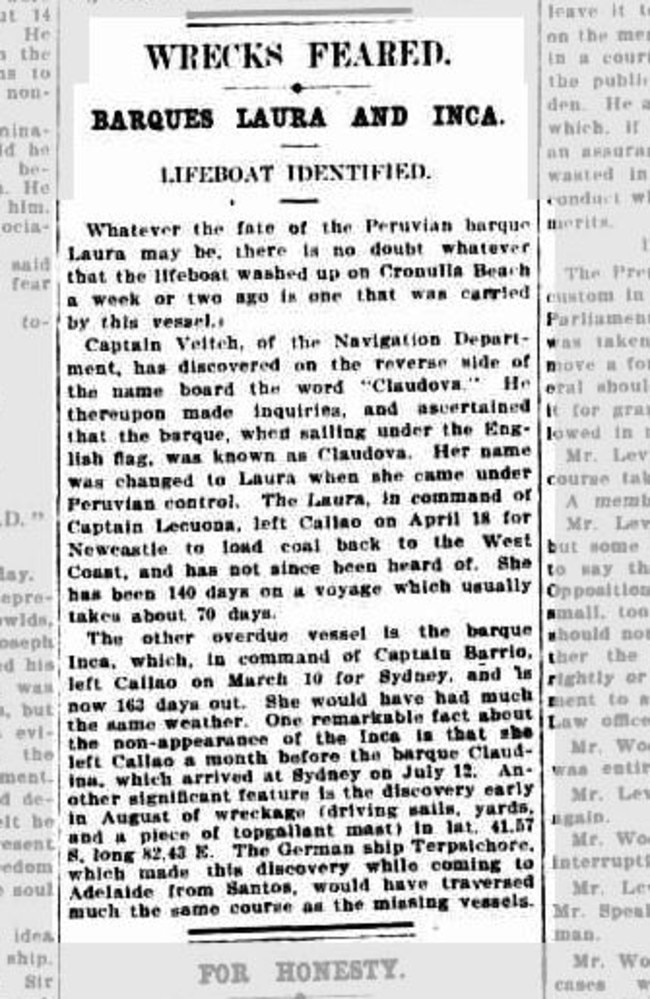
The wreckage of what’s believed to be the Inca was found by Havila Harmony — the third vessel dispatched in the hunt for MH370 alongside Fugro Equator and Fugro Discovery — on December 19, 2015.
It was another heart-stopping moment for the crew, who must have believed for a split second that they had found the fuselage of MH370.
On 2 January 2016, the AUV captured high-resolution sonar imagery of the approximately 90 metre long object, confirming that it was indeed the wreck of a ship.
The sonar images of what is known as Shipwreck#2 are absolutely stunning, the steel frame of the wreck bathed in a golden glow like sunken treasure on the ocean floor some 3,700 metres blow the surface.
“Further investigation of the deep tow (AUV), flying at an altitude of approximately 35 metres above the seabed revealed a complete steel hulled shipwreck sitting upright on the seabed,” the ATSB said in its final report on the operational search for MH370.
It is not clear what the Inca was transporting so nobody can say for sure what treasures may be hidden inside Shipwreck#2.
A total of four wrecks were found along the 7th arc during Fugro’s search for MH370.
Shipwreck#3 was found further north in the search area at depths of more than 3,700 metres and is believed to be a “recent fishing vessel, found upright, intact and complete with nets” according to the ATSB’s final report.
Shipwreck#4 was described as a “small wooden fishing vessel with substantial damage to the bow. Nothing further is known about this wreck, which was also found further north in the search area.
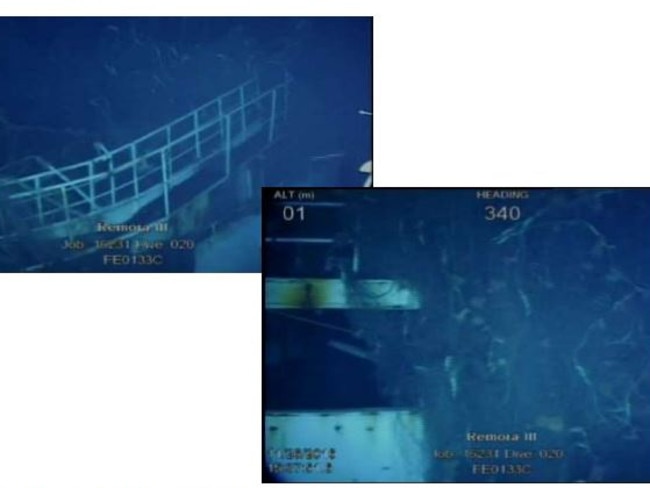
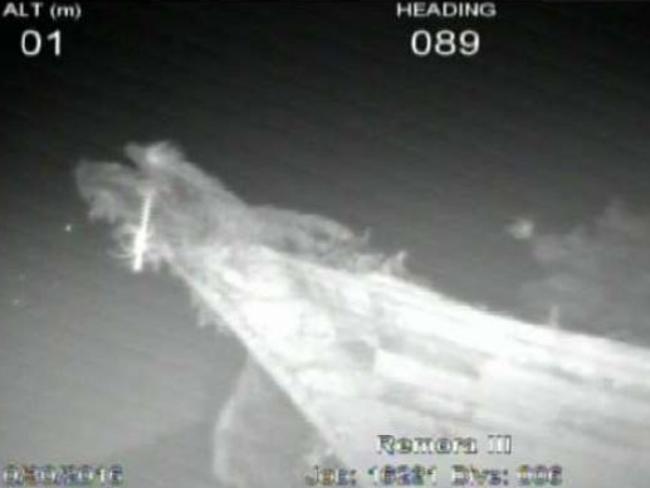
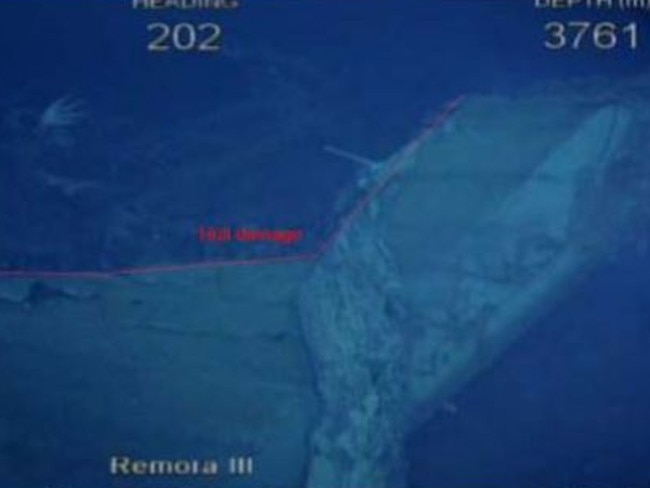
The Seabed Constructor docked in Henderson, south of Perth, WA on Thursday amid a cloud of controversy, its mission still shrouded in secrecy.
The state of the art vessel has been contracted by Texas-based exploration company Ocean Infinity, who signed a “no cure, no pay” deal with the Malaysian Government last month, which will see it receive more than AUD$70 million if it finds the plane within 90 days.
It will refuel and rotate crew members before setting off back to the search area on February 12.
Hopes are still high that Constructor will find what is left of MH370, which had 239 people on board. However even if it does, there’s no guarantee we will ever know the truth behind one of the greatest aviation mysteries of all time.



